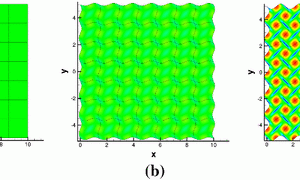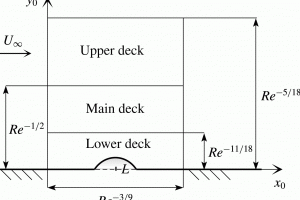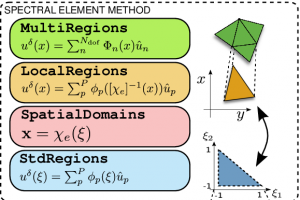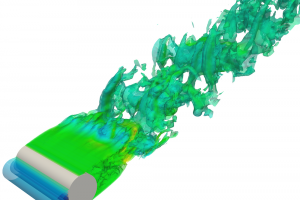DOI: 10.1007/s10915-015-0119-z/fulltext.html
This paper investigates the connections between many popular variants of the well-established discontinuous Galerkin method and the recently developed high-order flux reconstruction approach on irregular tensor-product grids.
DOI: 10.1017/jfm.2015.281
This paper is concerned with the boundary-layer separation in subsonic and transonic flows caused by a two-dimensional isolated wall roughness. The process of the separation is analysed by means of two approaches: the direct numerical simulation (DNS) of the flow using the Navier–Stokes equations, and the numerical solution of the triple-deck equations.
DOI: 10.1016/j.cpc.2015.02.008
Nektar++ is an open-source software framework designed to support the development of high-performance scalable solvers for partial differential equations using the spectral/hp element method.
DOI: 10.2514/6.2014-2923
The nature of boundary conditions, and how they are implemented, can have a significant impact on the stability and accuracy of a Computational Fluid Dynamics (CFD) solver. The objective of this paper is to assess how different boundary conditions impact the performance of compact discontinuous high-order spectral element methods (such as the discontinuous Galerkin method and the Flux Reconstruction approach), when these schemes are used to solve the Euler and compressible Navier-Stokes equations on unstructured grids.



